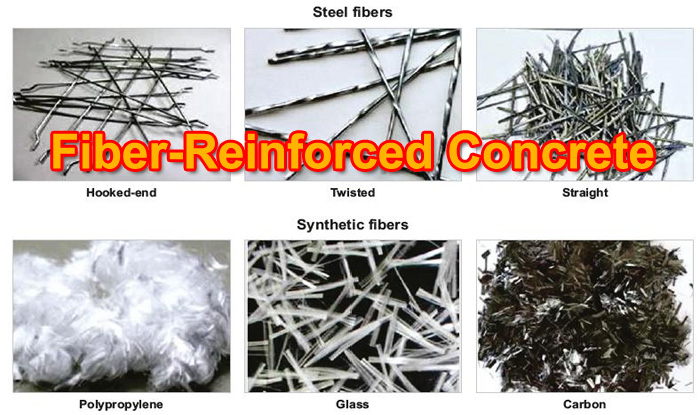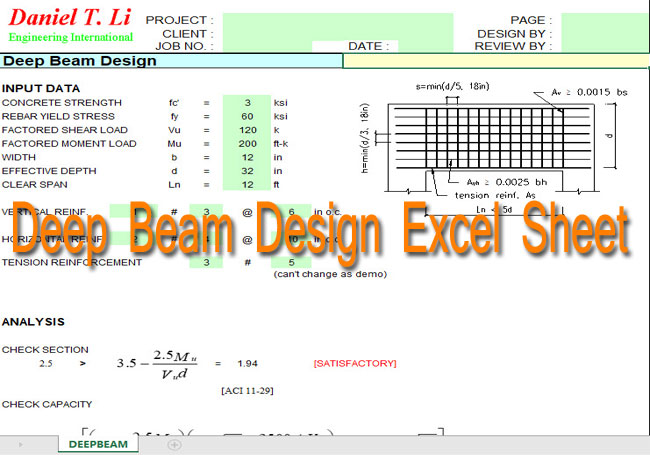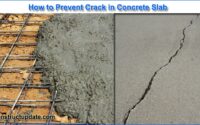Fibre Reinforced Concrete (FRC) Advantage, Uses, and Types
Fibre Reinforced Concrete or FRC can be defined as a composite material consisting of a mixture of cement mortar or concrete and discontinuous, randomly distributed suitable fibres. Plain concrete possesses a very low tensile strength, limited ductility, and low resistance to cracking.
The tensile properties of concrete have been attempted to improve by the use of reinforced steel bars however, it doesn’t increase the inherent tensile strength of concrete itself. Hence FRC can be used to aid these.
To make concrete more powerful and more adaptable to extreme temperatures, different types of fibres are blended with liquid cement to form the fibre-reinforced concrete structures. Another advantage of using fibre-reinforced concrete is that it is extremely water-tight.

There are four different fibre reinforcements (FRC), namely Steel Fibre, Glass Fibre, Synthetic Fibre, and Natural Fibre.
Steel Fibre Reinforced Concrete – It is an inexpensive and easily applicable form of concrete reinforcement. To enhance the longevity of concrete, steel bars are placed inside the liquid cement to give rebar reinforced concrete. It consists of thin steel wires combined with cement which gives superior structural strength to concrete along with safeguarding it against severe temperatures and diminishing the chances of cracking.
Glass Fibre Reinforced Concrete – The reinforcement here is fibreglass. It increases the strength of the concrete and also insulates it. Just like steel reinforcement concrete, glass fibre reinforced concrete prevents cracking due to mechanical and thermal stresses. Glass fibre does not intervene with radio signals.
Synthetic Fibre Reinforced Concrete – Plastic and nylon fibres are combined to make robust reinforced concrete. Having an edge over the other fibre reinforcements, it disallows the cement to be stuck in the pipelines hence increasing the pump-ability of the cement. Synthetic fibres don’t expand or contract due to change in temperature and this helps to stop cracking. Concrete reinforced with synthetic fibres doesn’t break or collapse due to impact or fire.
Natural Fibre Reinforced Concrete – Natural fibres are hay or hair which are traditionally used to build natural fibre reinforced concrete. These fibres may provide strength for the time being, but does the reverse if used for long time projects. Natural fibres carry the risk of decaying which may result in concrete collapsing from inside. Hence, these fibres are not used nowadays.





